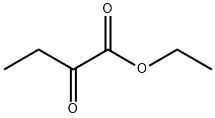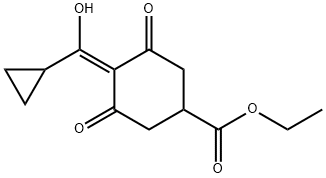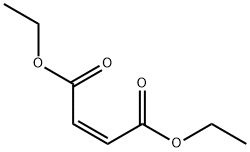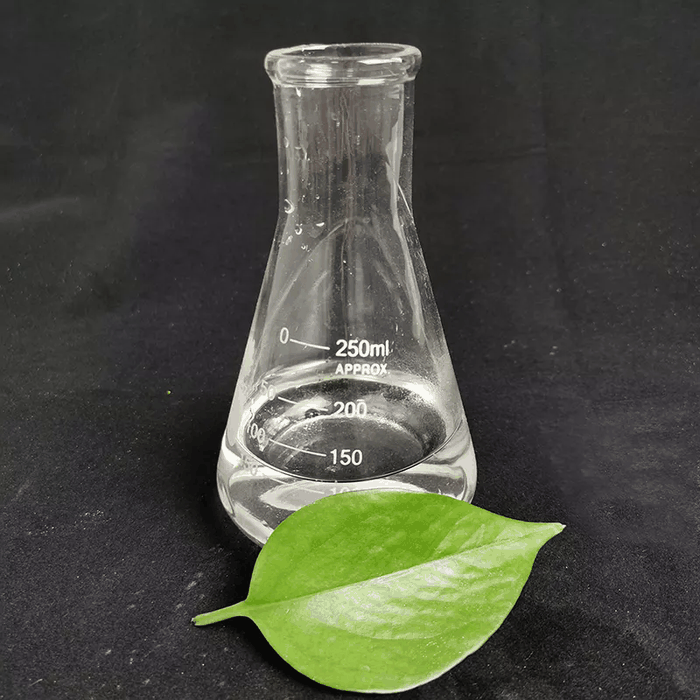Ethyl crotonate
Synonym(s):Crotonic acid ethyl ester, trans-2-Butenoic acid ethyl ester;Ethyl crotonate
- CAS NO.:623-70-1
- Empirical Formula: C6H10O2
- Molecular Weight: 114.14
- MDL number: MFCD00009289
- EINECS: 210-808-7
- SAFETY DATA SHEET (SDS)
- Update Date: 2025-09-25 17:15:13

What is Ethyl crotonate?
Chemical properties
colourless liquid
Chemical properties
Ethyl crotonate has a powerful, sour, caramellic-fruity odor.
Occurrence
Reported found in Fragaria vesca. Also reported found in guava fruit, guava peel, pineapple, white wine, yellow passion fruit, fresh mango, naranjilla fruit, mussel, loganberry, apple, papaya, concord grape, strawberry, rum, cocoa, plum, kiwifruit and other natural sources.
The Uses of Ethyl crotonate
Ethyl Crotonate is a synthetic flavoring agent that is a moderately stable, colorless to light yellow liquid of sharp winey note. it should be stored in glass, tin, or resin-lined containers. it is used in fruit flavors for application in baked goods, beverages, and candy at 2–7 ppm.
The Uses of Ethyl crotonate
Solvent and softening agent, lacquers, organic
synthesis.
The commercial Ethyl crotonate, used in
flavor compositions, is a liquid.
It has a powerful and diffusive, sourcaramellic-fruity odor, reminiscent of unripe
berries.
This ester is used in imitation Strawberry,
occasionally also in Pineapple or other imitation fruit flavors.
The concentration used is generally very
low, classified as "traces" only.
The Uses of Ethyl crotonate
Ethyl crotonate is used as a solvent for cellulose esters as well as a plasticizer for acrylic resins.
Preparation
By esterification of crotonic acid with ethyl alcohol in the presence of concentrated H2SO4.
Definition
ChEBI: Ethyl crotonate is a fatty acid ester.
Taste threshold values
Taste characteristics at 10 ppm: rum, cognac and pungent with caramellic and fruity nuances.
General Description
Ethyl trans-2-butenoate is a volatile flavor compound found in fruits such as cashew apple, African star apple, naranjilla fruit and sweet passion fruit.
Hazard
Flammable, dangerous fire risk. Strong irritant.
Safety Profile
Moderately toxic by ingestion and probably by inhalation. A skin , mucous membrane, and severe eye irritant. Very dangerous fire hazard when exposed to heat or flame; can react vigorously with oxidizing materials. To fight fire, use foam, CO2, or dry chemical. See also ESTERS. When heated to decomposition it emits acrid smoke and fumes.
Purification Methods
Wash it with aqueous 5% Na2CO3, then with saturated aqueous CaCl2, dry it with CaCl2 and distil it. [Beilstein 2 IV 1500.]
Properties of Ethyl crotonate
| Melting point: | 37.22°C (estimate) |
| Boiling point: | 142-143 °C(lit.) |
| Density | 0.918 g/mL at 25 °C(lit.) |
| vapor density | 3.9 (vs air) |
| vapor pressure | 65 hPa (50 °C) |
| FEMA | 3486 | ETHYL TRANS-2-BUTENOATE |
| refractive index | n |
| Flash point: | 36 °F |
| storage temp. | Store below +30°C. |
| solubility | Chloroform (Slightly), Ethyl Acetate (Slightly) |
| form | Liquid |
| color | Clear colorless |
| Odor | at 10.00 % in dipropylene glycol. pungent chemical diffusive sweet alliaceous caramel rum |
| Water Solubility | INSOLUBLE |
| Merck | 14,2597 |
| JECFA Number | 1806 |
| BRN | 635834 |
| Dielectric constant | 5.4(20℃) |
| Stability: | Stable. Highly flammable. Incompatible with strong oxidizing agents. |
| CAS DataBase Reference | 623-70-1(CAS DataBase Reference) |
| NIST Chemistry Reference | 2-Butenoic acid, ethyl ester, (E)-(623-70-1) |
| EPA Substance Registry System | 2-Butenoic acid, ethyl ester, (2E)- (623-70-1) |
Safety information for Ethyl crotonate
| Signal word | Danger |
| Pictogram(s) |
 Flame Flammables GHS02  Exclamation Mark Irritant GHS07 |
| GHS Hazard Statements |
H225:Flammable liquids H319:Serious eye damage/eye irritation |
| Precautionary Statement Codes |
P210:Keep away from heat/sparks/open flames/hot surfaces. — No smoking. P233:Keep container tightly closed. P240:Ground/bond container and receiving equipment. P241:Use explosion-proof electrical/ventilating/lighting/…/equipment. P242:Use only non-sparking tools. P305+P351+P338:IF IN EYES: Rinse cautiously with water for several minutes. Remove contact lenses, if present and easy to do. Continuerinsing. |
Computed Descriptors for Ethyl crotonate
| InChIKey | ZFDIRQKJPRINOQ-HWKANZROSA-N |
New Products
4,4-Difluoropiperidine hydrochloride tert-butyl 9-methoxy-3-azaspiro[5.5]undecane-3-carboxylate Indole Methyl Resin N-Isopropylurea N,N-Dicyclohexylcarbodiimide(DCC) MELDRUMS ACID 5-METHYLISOXAZOLE-4-CARBOXYLIC ACID Magnessium Bis glycinate Zinc ascorbate 1-bromo-2-butyne 2-acetamidophenol 9(10H)-anthracenone Erythrosin B, 4-Piperidinopiperidine 2-((4-morpholinophenylamino) (methylthio) methylene) malononitrile 2,4-dihydroxybenzaldehyde 3-(4-morpholinophenylamino)-5-amino-1H-pyrazole-4-carbonitrile Methyl 2-methylquinoline-6-carboxylate 2,6-dichloro-4-nitropyridine 4-Bromo-2-chlorobenzonitrile 2-(benzylamino)acetic acid hydrochloride 4-(tert-Butoxycarbonylamino)but- 2-ynoic acid 3,4-dihydro-2H-benzo[b][1,4]dioxepine 1-Phenyl-1-cycloprppanecarboxylicacidRelated products of tetrahydrofuran








You may like
-
 Crotonic acid 623-70-1 98%View Details
Crotonic acid 623-70-1 98%View Details
623-70-1 -
 Ethyl Crotonate CAS 623-70-1View Details
Ethyl Crotonate CAS 623-70-1View Details
623-70-1 -
 Ethyl crotonate CAS 623-70-1View Details
Ethyl crotonate CAS 623-70-1View Details
623-70-1 -
 3-(4-amino-1-oxoisoindolin-2-yl)-1-methylpiperidine-2,6-dione 98%View Details
3-(4-amino-1-oxoisoindolin-2-yl)-1-methylpiperidine-2,6-dione 98%View Details -
 20677-73-0 (2,2-diethoxyethyl)methylamine 98%View Details
20677-73-0 (2,2-diethoxyethyl)methylamine 98%View Details
20677-73-0 -
 3-(4-(hydroxyamino)-1-oxoisoindolin-2-yl)piperidine-2,6-dione 98%View Details
3-(4-(hydroxyamino)-1-oxoisoindolin-2-yl)piperidine-2,6-dione 98%View Details -
 57381-49-4 2-bromo-4-chlorobenzonitrile 98%View Details
57381-49-4 2-bromo-4-chlorobenzonitrile 98%View Details
57381-49-4 -
 4,6-dichloropyrimidine-5-carbaldehyde 98%View Details
4,6-dichloropyrimidine-5-carbaldehyde 98%View Details
5305-40-8
